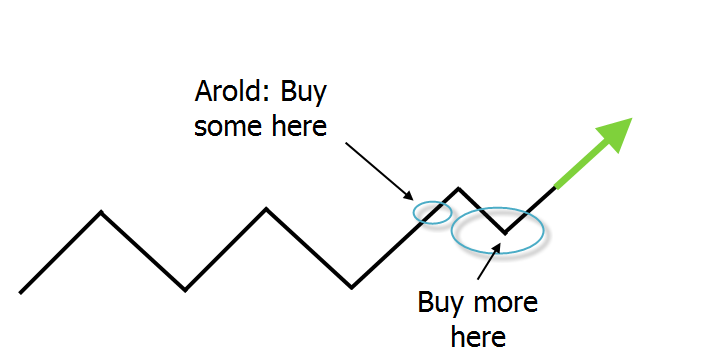 By Michael Tarsala
By Michael Tarsala
You’ve heard it a thousand times: “Past performance is no indication of future results.”
And that’s the spot-on truth when it comes to choosing an investment manager.
Of course we all look at past performance. Nobody wants a severely underperforming dog to run your account. But if you are choosing a manager primarily on past performance, you also should know:
- Managers that outperform do not tend to stay on top over time.
- Growth in a fund’s size can make success much harder to replicate going forward.
- There are a range of other factors that may matter more than past performance in projecting future returns.
So what else do you need to consider? At Covestor, we say start with the basics:
Look for a manager with a compelling investment process that matches your goals
Any manager you choose needs to make decisions based on a rigorous and clearly defined process – a process that you fully understand. You need to get to know their approach, their allocation discipline, and the rules they use for selling stocks (not just buying). And your manager’s approach should match your risk tolerance.
All of that is fairly easy to figure out. We provide all of those details on a summary page for each of our more than 170 models, as well as their Risk Ratings.
Pick a consistent manager who has integrity
The manager you choose should “stick to the plan” as our chief investment officer Raphael Mennicken puts it. Your manager should be generally consistent with his or her approach, cap bias, the number of transactions typically done over a certain period, and other key aspects of his or her strategy as its defined on the model page. Keep in mind, this type of rigidity is not going to necessarily result in higher returns. Some flexibility can be expected if you choose a very active manager, for example. But in general, you should know exactly what will you get at the time of subscribing.
Avoid excessive concentration
It’s almost certainly a very bad idea to put a large percentage of your assets in the hands of a single manager whose model is not diversified. You can, however, choose from multiple managers with differing strategies and sector expertise. No matter whom you choose and in what combination, it’s best if your manager has a clearly defined allocation discipline and sticks to it. You can find those details for every Covestor model, right on the model page.
Fees should be low and clearly disclosed
Active management can in some circumstances help you outperform the broad indexes. But you should not have to pay excessively high fees for this service. You can choose from many different active managers at Covestor, many with annual fees as low as 0.5% of assets invested. There’s no reward for overpaying.
Beware conflicts
Quite simply, fee-only managers are best. They make money when you make money, and your interests are much closer aligned than in the traditional commission based broker/client model. That should be the case no matter if the manager applies a fundamental, growth, long-short, market timing, technical trading, or quantitative strategy on your behalf. That is what you can expect from all of Covestor’s model managers. And they won’t try to cross-sell you extra products, something you can pretty much expect from the financial supermarkets.
Look at risk metrics
Without getting too wonky, here are some statistics you need to know if you want to see how your investment manager really stacks up. You need to have a sense of the extra risk you are taking on relative to the extra potential reward.
It’s not perfect, but you can start with the Sharpe ratio, a measure of risk-adjusted returns. Covestor calculates this metric, as well as several other risk metrics, for each of our model managers. No matter where you choose your active manager, you should ask for these numbers to ascertain what portion of the manager’s performance was due simply to risk exposure as opposed to security selection.



